Sebastian Vettel faced a lot of challenges throughout his 16-season Formula 1 career, from stern fights with teammates including Mark Webber to disobeying team orders from Red Bull, F1 Oversteer has been looking at some of the German’s most disastrous weekends.
The now 37-year-old enjoyed a stellar stint in Formula 1, claiming four consecutive drivers’ championships with Red Bull between 2010 and 2013.
Vettel was pushed to the limit and sometimes over the edge on some occasions but he retired from the sport in 2022 with plenty of great memories.
His final few years in the sport didn’t quite go the way he would have hoped, but left behind a positive legacy and continues to do some vital work with the sport surrounding various issues including climate change.
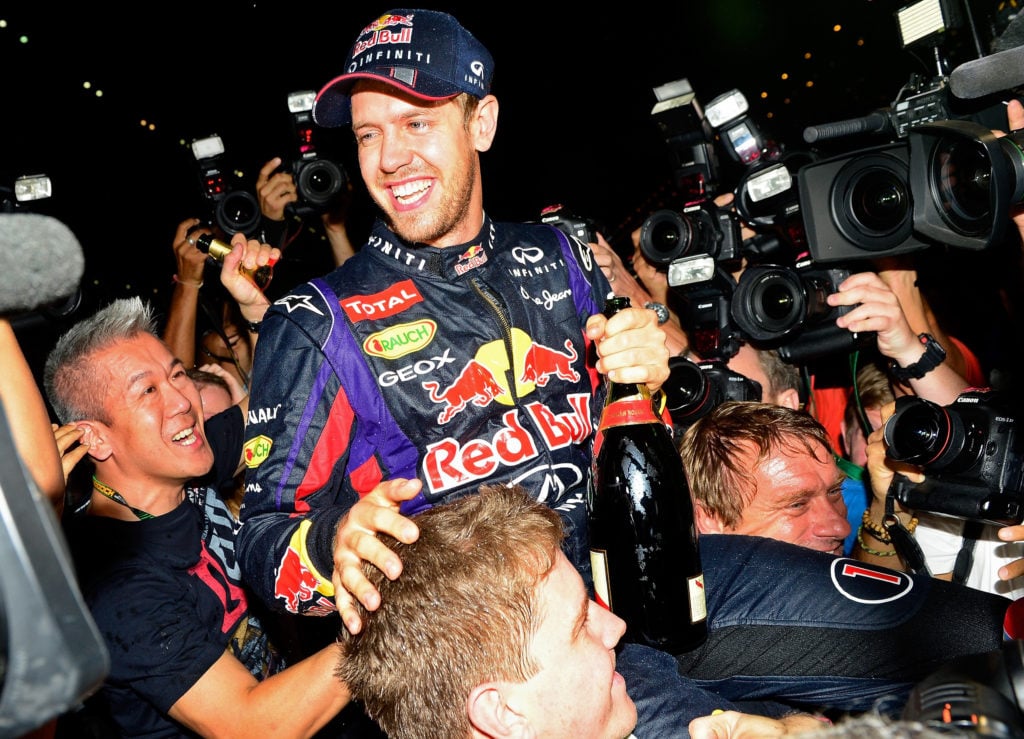
Sebastian Vettel crashes out of debut F1 race for Red Bull and misses a podium
Back in 2009, Vettel had graduated from Toro Rosso to Red Bull’s senior team after taking his first win at the 2008 Italian Grand Prix.
Still a raw talent at the time, David Coulthard played a pivotal role in Vettel getting a Red Bull seat after telling Christian Horner to put him in their car at a test he was too injured to drive in.
His first race came at the Australian Grand Prix where with three laps to go, he faced a battle with Robert Kubica for second place.
Both lost their front wings after colliding clumsily, before suffering identical crashes two corners later which would kill their hopes of a top-eight (points) finish.
It was a hero-to-zero moment for Vettel on this occasion, who allowed Brawn GP to cross the line to secure a one-two on their debut.
Sebastian Vettel crashes with Mark Webber at the 2010 Turkish Grand Prix
Entering the seventh round of the 2010 Formula 1 season, Red Bull were in dreamland as both of their drivers occupied the top two spots in the drivers’ championship.
They were also top of the constructors’ championship, with Mark Webber leading the way over Vettel by a small margin.
A strong start to the Turkish Grand Prix had both drivers in a commanding position on lap 40, with Webber leading over Vettel. As the German attempted to overtake his teammate, they collided spectacularly. Vettel was forced to retire after suffering a puncture, while Webber continued to finish third.
Vettel fell from second to fifth in the championship, meanwhile, Webber extended his lead at the front. It allowed McLaren to gain a huge haul of points over them at a time when they could have easily coasted to victory.
Sebastian Vettel ignores Red Bull’s ‘Multi-21’ orders to claim victory over Mark Webber
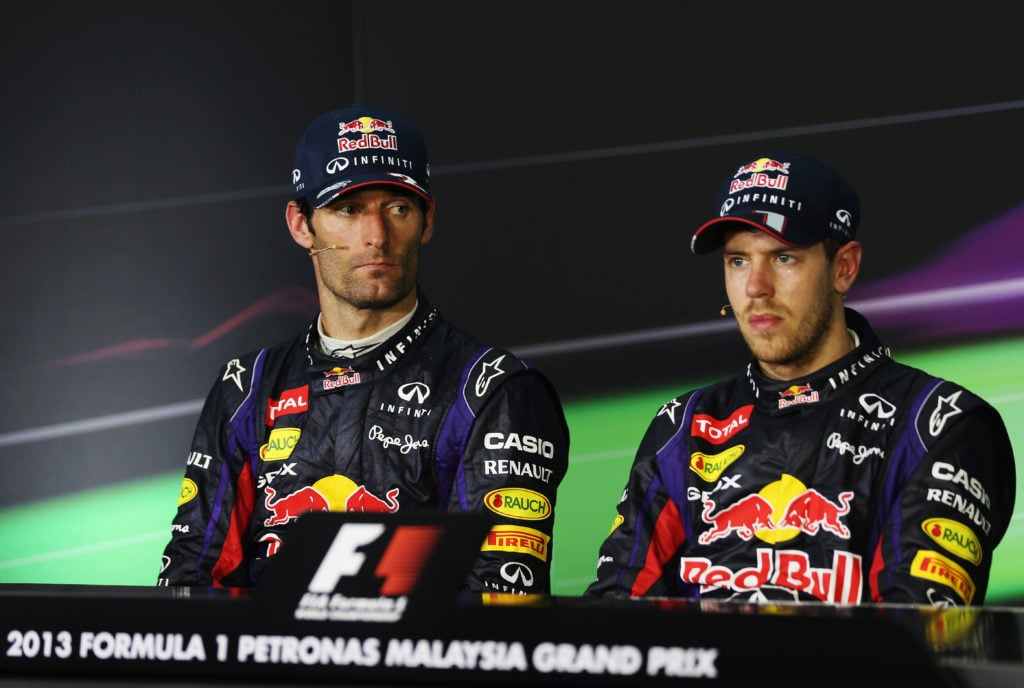
Early in the 2013 season, Red Bull were aware that they would be in the fight for a fourth consecutive championship double with Vettel and Webber behind the wheel.
They started the season-opening Australian Grand Prix poorly with third for Vettel and sixth for Webber. The second round at Malaysia’s Sepang circuit was a vastly improved effort with both cars fighting for victory.
READ MORE: Sebastian Vettel once held ‘secret’ meeting with Red Bull rivals during his F1 domination
That was until it turned sour. With Vettel eager to get a victory under his belt in the fight for the title and on fresher tyres, he ignored team orders to remain behind his teammate and secure a one-two for Red Bull.
It would have been Webber’s last victory in the sport, but Vettel swooped by and stood by his decision to ignore Red Bull’s ‘Multi-21′ team orders in reference to their drivers’ car numbers (Webber 2, Vettel 1).
Vettel apologised to Webber on the podium after ‘Multi-21’, but it was of little solace to the Aussie who retired at the end of the season without climbing onto the top step of the rostrum ever again.
Sebastian Vettel suffers first Ferrari retirement at Mexican Grand Prix in 2015
Vettel’s 2015 season has been remembered as one of the best campaigns of his career, taking the fight to the dominant Mercedes team in an inferior car.
He scored 128 more points than teammate Kimi Raikkonen, who was in fourth place in the drivers’ championship, one position behind him with 150 points.
His first and only retirement in his debut season for Ferrari came at the Mexican Grand Prix, which was returning to the calendar after an extended absence. A slippery track made things incredibly difficult for drivers all weekend.
After contact with Daniel Ricciardo on lap one, Vettel trundled back to the pits with a puncture before resuming the race at the back of the field. He spun at turn seven on lap 19, losing much of the ground he had made up.
In a carbon copy of that incident almost 30 laps later, he spun again but found the wall, ending a dismal race for him and handing him his first retirement with the Scuderia.
Covid-19 return sees Sebastian Vettel crash twice at the 2022 Australian Grand Prix
After missing the opening two races of the 2022 Formula 1 season with Covid-19, Vettel returned at the Australian Grand Prix – hosting its first race for three years.
The German hit the wall heavily during Saturday’s FP3 session, damaging the left side of his Aston Martin before taking a rather humorous trip back to the paddock on a scooter which he had found at the side of the track.
READ MORE: What Toto Wolff said about Sebastian Vettel’s Aston Martin move after entering ‘downward spiral’ at Ferrari
Teammate Lance Stroll also crashed during that session and missed qualifying, while Vettel languished in 18th place before being promoted one position due to Alex Albon’s disqualification over a fuel sample issue.
The race wasn’t much of an improvement, as on lap 24 he hit the wall again, this time at turn four, suffering terminal damage to his car while running very low down the order.
His final season in the sport wouldn’t improve much more from there, but he did help pave the way for his team to compete for podiums the following season with a much-improved car.




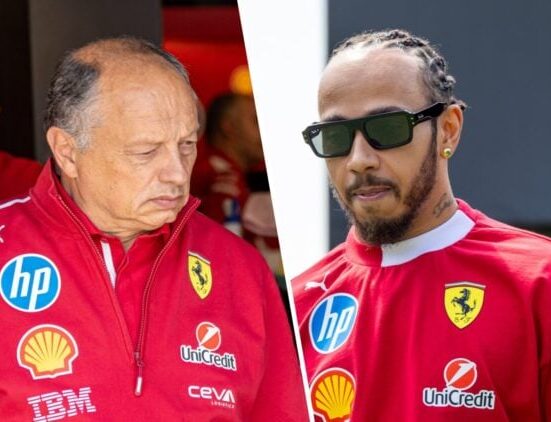
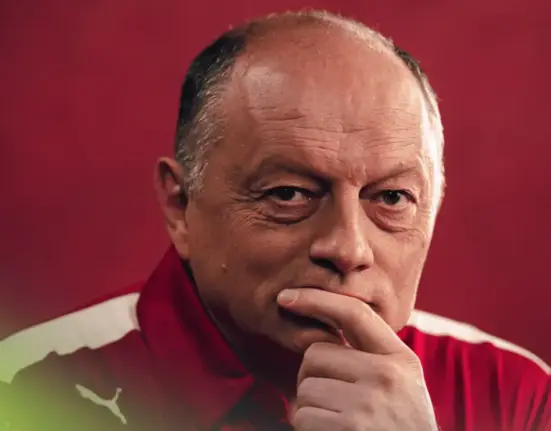

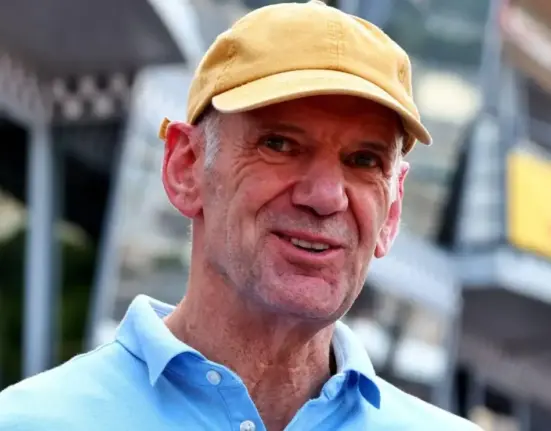
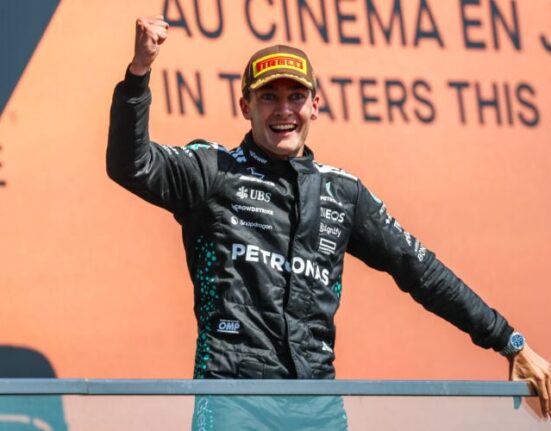

Leave feedback about this